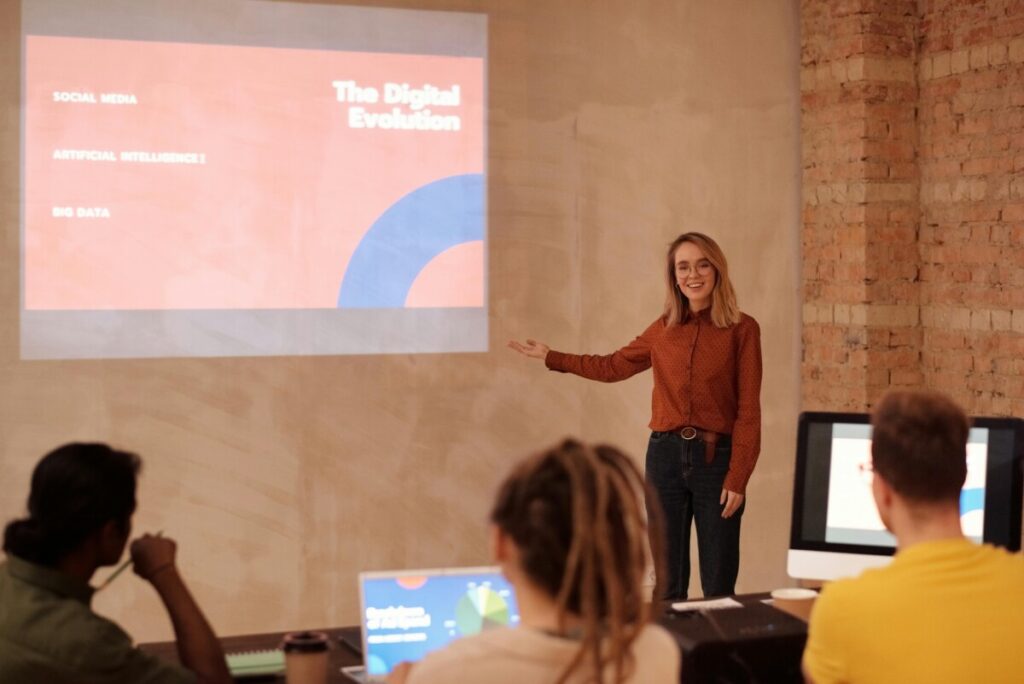“The Power of Critical Thinking”

Critical thinking skills play a vital role in our everyday lives, influencing our decision-making process and problem-solving techniques. With the ability to analyze information, evaluate evidence, and think logically, individuals can make informed choices and find effective solutions. In this blog post, we will explore the importance of critical thinking, discuss the various components of the decision-making process, and highlight problem-solving techniques that can be enhanced through analytical reasoning and logical thinking.
What are Critical Thinking Skills?
Critical thinking skills refer to the ability to objectively analyze and evaluate information, evidence, and arguments. It involves questioning assumptions, recognizing biases, and engaging in logical reasoning. These skills enable individuals to make well-informed decisions and solve complex problems by considering multiple perspectives and assessing the validity of different viewpoints.
In today’s rapidly changing world, critical thinking skills have become increasingly important. With the abundance of information available, individuals need to develop the ability to discern reliable sources, identify misinformation, and make sound judgments based on evidence and reasoning.
The Decision-Making Process
The decision-making process is a systematic approach to making choices. It involves several steps that help individuals identify the problem, gather relevant information, evaluate alternatives, and select the best course of action. Critical thinking skills play a significant role in each stage of the decision-making process.
Step 1: Identifying the Problem
The first step in the decision-making process is to identify the problem or the decision that needs to be made. Critical thinking skills come into play by analyzing the situation, recognizing the underlying issues, and clarifying the objectives. By critically assessing the problem, individuals can ensure that they are focusing on the root cause rather than the symptoms.
For example, let’s say a company is experiencing a decline in sales. Instead of assuming that the problem lies solely with the sales team, critical thinking skills would involve examining factors such as market trends, customer preferences, and competitive analysis to identify the true cause of the decline.
Step 2: Gathering Information
Once the problem is identified, the next step is to gather relevant information. Critical thinking skills help individuals in this stage by evaluating the credibility of sources, analyzing data, and seeking diverse perspectives. By critically examining the information, individuals can ensure that they have a comprehensive understanding of the problem and its underlying factors.
For example, if an individual is considering investing in a particular stock, critical thinking skills would involve researching the company’s financial statements, analyzing market trends, and seeking opinions from financial experts to make an informed decision.
Step 3: Evaluating Alternatives
Once the information is gathered, the next step is to evaluate the available alternatives. Critical thinking skills enable individuals to objectively assess the pros and cons of each option, consider potential risks and benefits, and weigh the evidence before making a decision. By critically analyzing the alternatives, individuals can make choices that are based on rationality and logic.
For example, if a student is considering different majors in college, critical thinking skills would involve evaluating the curriculum, career prospects, and personal interests to determine the best fit for their goals and aspirations.
Step 4: Selecting the Best Course of Action
After evaluating the alternatives, the final step in the decision-making process is to select the best course of action. Critical thinking skills help individuals in this stage by considering the long-term consequences, predicting potential outcomes, and making a well-reasoned decision. By critically assessing the options, individuals can choose the course of action that aligns with their goals and values.
For example, if a manager is deciding whether to implement a new marketing strategy, critical thinking skills would involve analyzing the potential impact on the company’s brand image, customer satisfaction, and financial performance before making a final decision.
Problem-Solving Techniques
Problem-solving techniques involve the application of critical thinking skills to identify, analyze, and solve complex problems. By utilizing analytical reasoning and logical thinking, individuals can approach problems systematically and find effective solutions.
1. Define the Problem
The first step in problem-solving is to clearly define the problem. Critical thinking skills help individuals in this stage by breaking down the problem into its components, identifying any constraints or limitations, and understanding the desired outcome.
2. Generate Possible Solutions
Once the problem is defined, the next step is to generate possible solutions. Critical thinking skills enable individuals to think creatively, consider various perspectives, and brainstorm ideas that can potentially address the problem.
3. Evaluate and Select the Best Solution
After generating a list of possible solutions, the next step is to evaluate and select the best solution. Critical thinking skills help individuals in this stage by critically assessing each option, considering the feasibility and potential impact, and choosing the solution that is most likely to be effective.
4. Implement the Solution
Once the best solution is selected, the next step is to implement it. Critical thinking skills come into play by developing a plan of action, considering any potential obstacles or challenges, and executing the solution in a systematic and efficient manner.
5. Evaluate the Results
After implementing the solution, the final step is to evaluate the results. Critical thinking skills help individuals in this stage by assessing the effectiveness of the solution, identifying any areas for improvement, and making adjustments if necessary.
Conclusion
Critical thinking skills are essential for enhancing decision-making and problem-solving. By developing these skills, individuals can make well-informed decisions based on evidence and reasoning, and find effective solutions to complex problems. Whether in personal or professional life, the power of critical thinking cannot be underestimated. It empowers individuals to navigate through the challenges of the modern world and make choices that lead to success.
https://serenity7wellness.com/index.php/2024/05/08/strategies-for-leadership-flexibility/
https://www.forbes.com/?sh=58e36ef42254
FAQs
Q: What is critical thinking and why is it important?
A: Critical thinking is the process of analyzing and evaluating information in order to make informed decisions or judgments. It is essential because it allows individuals to reason effectively about ordinary and extraordinary claims, thus helping them make better decisions in their personal and professional lives.
Q: Who is Lewis Vaughn and what is his contribution to critical thinking?
A: Lewis Vaughn is a renowned author and professor who has written extensively on critical thinking. His textbooks, such as the second edition of “The Power of Critical Thinking,” explore the essentials of critical reasoning and provide readers with a broad range of tools to enhance their critical thinking skills.
Q: How can I apply critical thinking in my everyday life?
A: Critical thinking can be applied in various aspects of life, such as analyzing arguments, making decisions, and solving problems. By using critical thinking skills, you can verify information, evaluate claims, and make sound judgments based on evidence and reasoning.
Q: What is the significance of editorial and customer reviews in critical thinking?
A: Editorial and customer reviews can provide valuable insights and feedback on products and services. By critically evaluating these reviews, you can gain a better understanding of the quality and authenticity of the information presented, thus enabling you to make informed decisions.
Q: How can critical thinking enhance my ability to write argumentative essays?
A: By honing your critical thinking skills, you can effectively analyze arguments, identify fallacies, and present well-structured and reasoned arguments in your essays. Critical thinking is essential for constructing logical and persuasive arguments that can influence and persuade readers.








